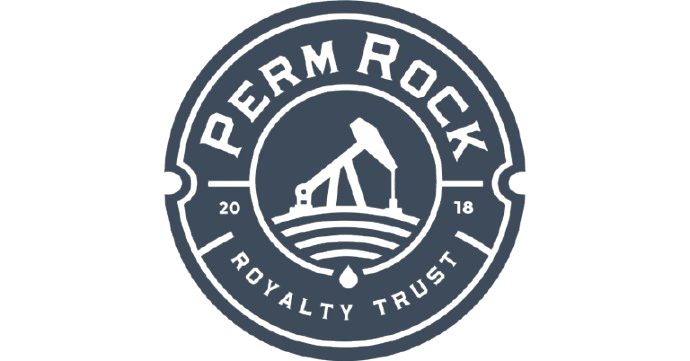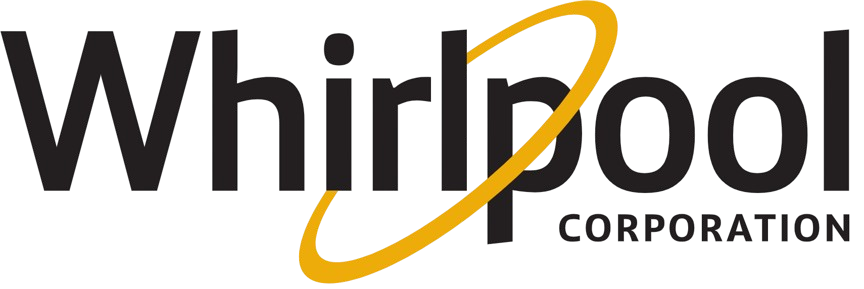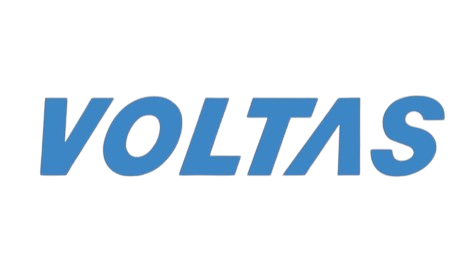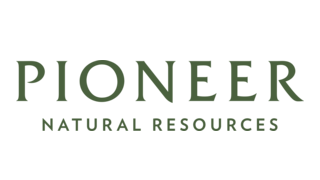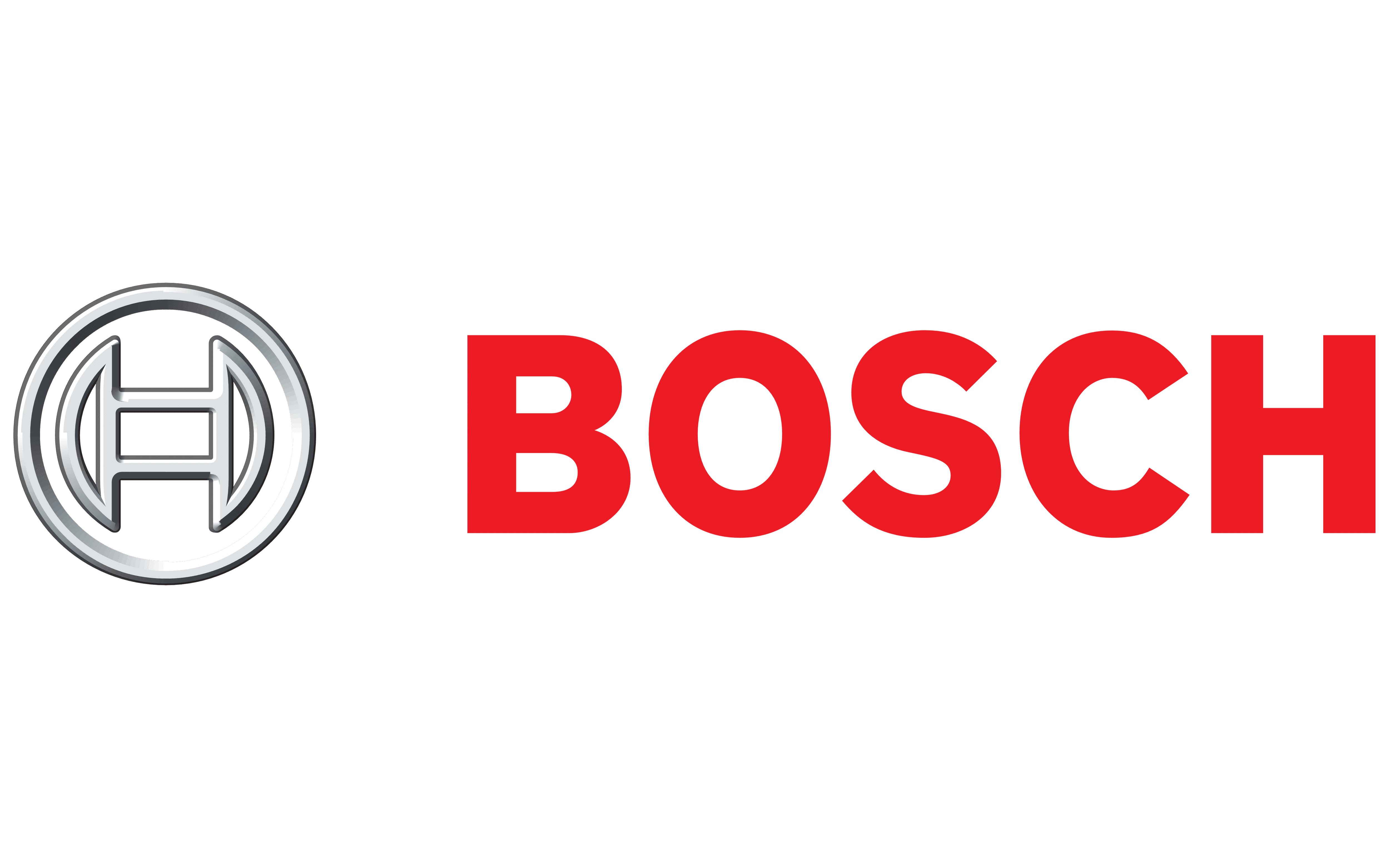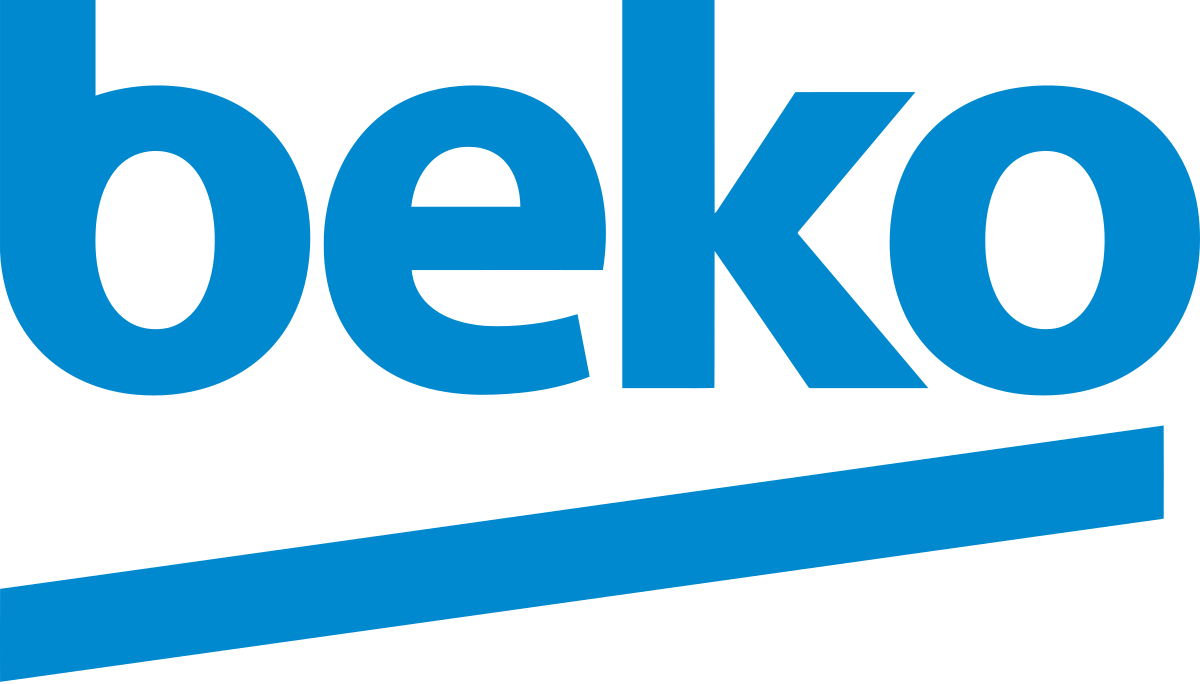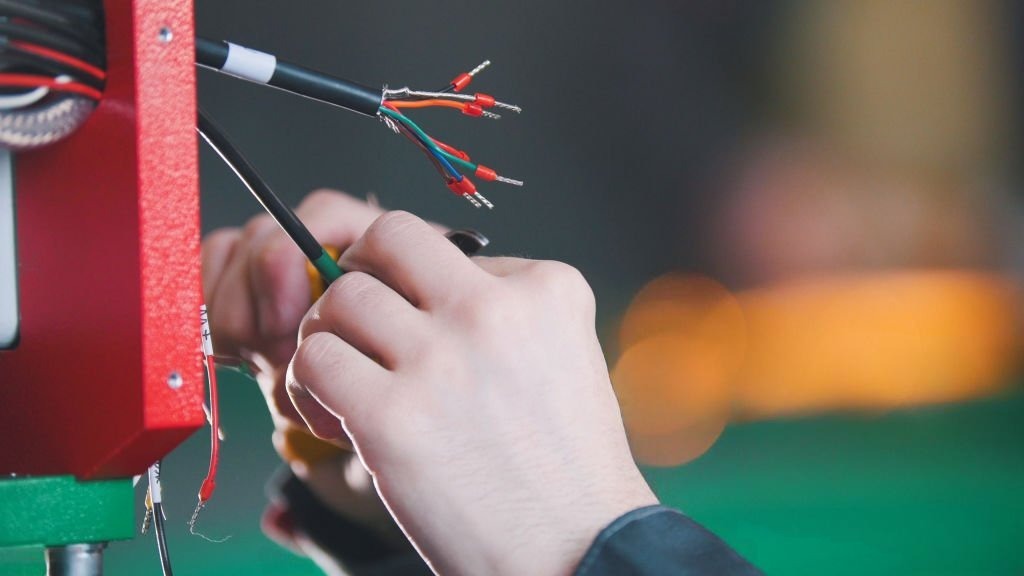
From Crimp to Connection: The Science of Reliable Wiring Harnesses
In modern electrical systems—from electric vehicles to industrial robots—the wiring harness is more than just a bundle of wires. It is the central nervous system, engineered to perform under extreme stress, deliver consistent power and signal integrity, and outlast the life of the product it powers.
At Celestix Industries, we don’t treat harnesses as components—we engineer them as critical systems. Our wiring harness manufacturing process combines custom wiring harness design, robust quality control, and deep expertise in wiring harness testing. We serve a wide range of industries, including automotive, aerospace, industrial automation, and medical devices.
This article explores the full scope of B2B wiring harness procurement—from DFM/DFA design principles, copper wiring harness materials, and IPC/WHMA-A-620 standard compliance to the real-world demands of wiring harness reliability.
1. Engineering the Foundation: Crimping and Soldering
Crimping and soldering form the foundation of every reliable wiring harness. Our wiring harness crimping process includes:
Crimp force analysis, cross-sectional microscopy, and pull-force testing
SPC-monitored automation to maintain consistent mechanical strength and electrical conductivity
Calibration of tooling per IPC standards and project specifications
Where needed, we apply wiring harness soldering for specialty connectors and sealed environments, such as aerospace wiring harness systems.
Our commitment to wiring harness quality control ensures every connection meets specifications—even under high-vibration or high-current conditions.
To enhance durability, crimp and solder joints are reinforced with wiring harness strain relief methods, including:
Over-molding
Grommets
Potting compounds
We also conduct long-term reliability studies on critical crimp types used in mission-critical systems, validating performance across hundreds of thousands of flex cycles.
Additional Insight: The Role of Operator Training
Even with state-of-the-art tools, operator skill remains a crucial factor. All our technicians are trained and certified in IPC/WHMA-A-620 standards. We also provide in-house refresher courses to ensure hands-on precision is maintained throughout production.
2. Material Science: Conductors, Insulation, and Connectors
Celestix sources premium wiring harness materials to ensure durability and high performance.
Table: Common Material Types and Applications
Key Practices:
Use of hybrid conductor solutions that balance weight, cost, and performance
Selection of UL 94V-0-rated flame-retardant insulation materials
Deployment of custom or standard connectors with sealing and EMI protection
Continuous evaluation of emerging insulation technologies for next-generation electric platforms
Exploring Emerging Alternatives
As sustainability gains focus, we are actively researching bio-based insulation materials and recyclable conductor alternatives that offer performance comparable to traditional polymers. These innovations also reduce environmental impact and align with global ESG goals.
3. Design Intelligence: CAD Tools, DFM/DFA, and Prototyping
Our wiring harness design team utilizes advanced CAD tools such as EPLAN and RapidHarness.
Core Capabilities:
Simulation of thermal cycling, voltage drop, and EMI shielding
Signal integrity analysis, connector mating optimization, and space-saving routing
Digital mockups using digital twin environments
Best Practices:
DFM (Design for Manufacturing) to reduce production issues
DFA (Design for Assembly) to simplify assembly and minimize cost
Rapid prototyping within 7–10 business days
Design validation testing (DVT) and customer design reviews
Each prototype undergoes:
Fitment checks
Connector lock strength testing
Stress path analysis
Continuous feedback from customer engineering teams for refinement
The Importance of Cross-Functional Collaboration
Our design phase includes regular interactions between engineering, procurement, and production teams to align on manufacturability, component availability, and test planning. This proactive collaboration minimizes late-stage redesign and improves launch speed.
4. Testing for Total Reliability
We perform comprehensive wiring harness testing using both automated systems and manual validation.
Table: Key Testing Methods
These tests replicate real-world operating conditions in sectors like aerospace, medical, and electric vehicles. We provide complete test documentation to support compliance reviews, audits, and traceability.
Predictive Failure Analysis
Beyond pass/fail thresholds, our testing platforms gather trend data to anticipate failure points. We use this data to proactively advise design changes or alternative materials, ensuring long-term field reliability.
5. Automation, Assembly, and Scale
Celestix integrates wiring harness automation throughout our manufacturing process:
Precision wire cutting and stripping
Automated crimping and terminal insertion
Robotic over-molding and taping
Inline quality checks within production cells
Post-assembly operations include:
Pinning verification
Barcode labeling
Custom packaging
Serialization for traceability and inventory tracking
We also use digital twins to simulate production, resolve routing challenges, and validate thermal performance before physical trials.
Enabling Lights-Out Manufacturing
Our vision for the future includes expanding into lights-out manufacturing, where harness assembly cells can run with minimal human intervention—powered by robotics, AI vision systems, and real-time feedback loops.
6. Managing Complexity, Risk, and Cost
To address the growing wiring harness complexity and mitigate risk:
Real-time ERP integration for full traceability
Project-specific dashboards for cost control
Comprehensive PPAP/FAI documentation for quality assurance
Risk Mitigation Strategies:
Multi-sourcing of critical components
Strategic supplier partnerships
Demand forecasting and inventory planning
Design reviews focused on failure mode prevention
Integrated Lifecycle Management
We work with customers across the product lifecycle—from initial concept to post-launch support. This includes EOL (End-of-Life) planning for obsolete components, second-source development, and design migration services.
Our wiring harness project management approach ensures transparency, accountability, and proactive problem resolution.
7. Building Trust Through Performance and Collaboration
What differentiates Celestix in wiring harness supplier collaboration:
Real-time updates and progress tracking
Integrated engineering support throughout procurement
Fast technical feedback during design revisions
We understand the buyer psychology behind wiring harness sourcing: reliability, reduced downtime, and protection of brand reputation. Celestix builds confidence through precision, consistency, and ongoing communication.
Case Example: EV Customer Deployment
For a leading EV OEM, Celestix delivered a complete battery and BMS harness kit with 98.9% first-pass yield, cut harness assembly time by 25%, and reduced failure rates by over 40% using advanced vibration-damping insulation and EMI-shielded connectors.
8. Certifications, Compliance, and Beyond
Celestix is certified to the highest global standards:
We regularly audit our processes, retrain our teams, and update our systems to ensure full compliance and continuous improvement.
9. The Value Proposition: Performance, Cost, and Peace of Mind
Why Choose Celestix:
Engineering-driven solutions with rapid prototyping
Scalable production with flexible timelines
In-house tooling, molding, and lab testing
Expertise in wiring harness failure mode analysis
Cross-industry competence: Automotive, EV, Aerospace, Medical
We help reduce Total Cost of Ownership (TCO) by minimizing rework, ensuring long product life, and accelerating market readiness.
Added Advantage: Design Localization Support
Our Pune-based operations allow us to serve domestic and global OEMs with localized solutions, regulatory compliance, and just-in-time logistics. We help customers adapt global designs to Indian manufacturing conditions and standards.
Let’s Build a Better Connection
Wiring harnesses are the foundation of modern electrical systems. With Celestix, you gain more than a product—you gain a partner that understands the science, the complexity, and the stakes.
Whether you're developing a next-gen EV platform or retrofitting legacy systems, trust Celestix to deliver fully engineered, scalable, and standards-compliant harness solutions.
Contact Us
Request a Quote
Reach Out
Email: info@celestixindustries.com
